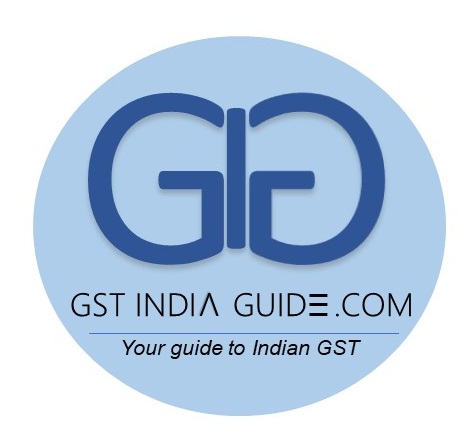“By next April, India aims to introduce the dual GST to provide a common nationwide market for goods and services”
By next April, India aims to introduce the dual GST to provide a common nationwide market for goods and services. Under the proposed indirect tax reform, both central and state governments will have concurrent taxation power to levy tax on the supply of goods and services. The proposed regime is expected to improve tax collection and minimise leakage.
Though Parliament passed the GST Bill this year and began working on implementing it, there are many teething troubles, one of them being the revenue neutral rate (RNR), which is the rate at which there is no revenue loss to the Centre and states.
The tussle over RNR
The states want the RNR to be high, above 20%, to ensure they do not lose revenue, while industry wants it to be around 18%, implying that higher tax will hurt them.
So far, a range of rates have been proposed. Earlier, a National Institute of Public Finance and Policy report suggested a revenue neutral rate of 27%. In 2009, a task force of the 13th finance commission suggested a GST rate of 12% (5% central GST and 7% state GST). However, 27% is considered too high and 12% too low even by international standards.
A survey of 132 countries by KPMG International Cooperative’s Corporate and Indirect Tax Rate Survey in 2014 showed that the highest GST rate was 27% in Hungary and the lowest 1.5% in Aruba. The 10 highest rates ranged from 27% to 18%.
The government at some point will have to make a tradeoff between collecting enough revenue and not overtaxing people. Moreover, a high tax can trigger inflation. An RNR with a lower rate of 12% and a standard rate of 22% would increase inflation by around 0.3-0.7%.
Today, the overall tax rate totals to around 26%, 12% excise duty and 14% VAT on goods. And since the tax rate now for services is nearly 15% with the Swacch Bharat cess, if the RNR is greater than 15-15.5%, the rate for services will be in the 20-22% range, making the GST seem like a considerable tax rise. So what then should be the ideal tax rate?
Optimum tax rate
Ideally, the tax should be levied comprehensively on all goods and services at a single rate to achieve the objectives of simplicity and economic neutrality. But that may not be viable politically due to concerns over the distribution of tax burden (e.g., food) or because of administrative and conceptual difficulties in taxing certain sectors. This then leads to exemptions.
This explains why the Centre has proposed a four-slab rate structure for GST, ranging from 6% to 26%. The structure proposes zero GST on many goods and services, such as food, health and education, and slabs of 6%, 12%, 18% and 26% on remaining goods and services with the highest tax on luxury items such as fast-moving consumer goods and consumer durables. It also proposed a cess over and above the GST rate on ultra-luxury items and demerit goods, such as big cars and tobacco products.
But multiple rates increase the costs of administration and compliance. They lead to classification disputes, require more record keeping and create opportunities for tax avoidance through misclassification of sales.
International experience
The GST regime has been most successful in countries, with the exception of a few Scandinavian nations with the rate of around 25%, which had a broad base and a modest tax rate in the beginning. For example, the New Zealand GST was introduced at the rate of 10%, with a base consisting of virtually all goods and services (with the exception of financial services).
The Singapore GST was introduced at 3%, which has now been increased to 7% as inefficient excises and customs duties have been eliminated. On the other hand, in Europe, the regime is not as efficient as the taxes have been levied at multiple rates.
What govt panel says
In December 2015, a government committee, chaired by Arvind Subramanian, chief economic adviser, recommended an RNR in the range of 15-15.5%. It said the average standard rate for comparable emerging market economies was 14.4% with the highest standard rate being 19% and even in the high-taxing advanced economies, the rate was 16.8%. The committee said, an RNR of anything beyond 15-15.5% will possibly result in a standard rate of about 19-21%, making India an outlier among comparable emerging economies.
The GST has the potential to make taxes more simple, raise compliance, and increase the GDP growth rate by about 1-2%. For instance, in Canada, the GST that replaced the federal manufacturers’ sales tax resulted in an increase in potential GDP by 1.4%. In New Zealand, when the GST was introduced in 1987, revenues jumped by 45% due to improved compliance.
Therefore, as international experience shows, only a single-rate GST with a large base can transform the economy.
Hindustan times,26 Oct 2016
